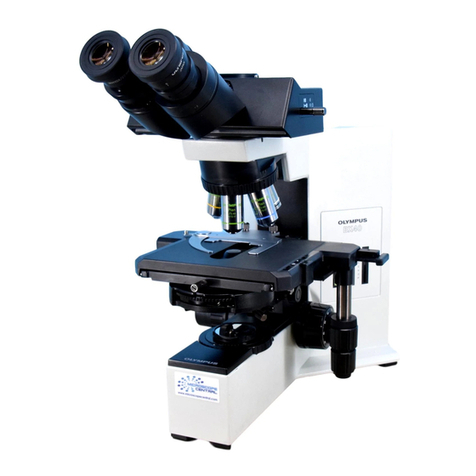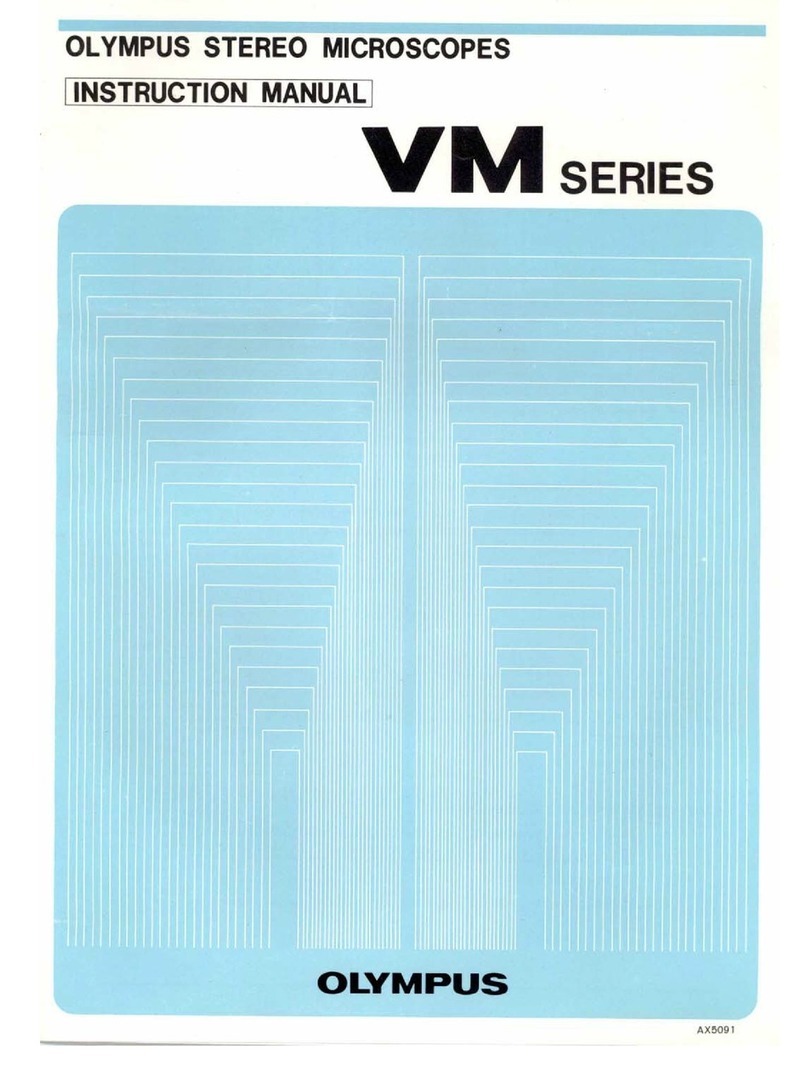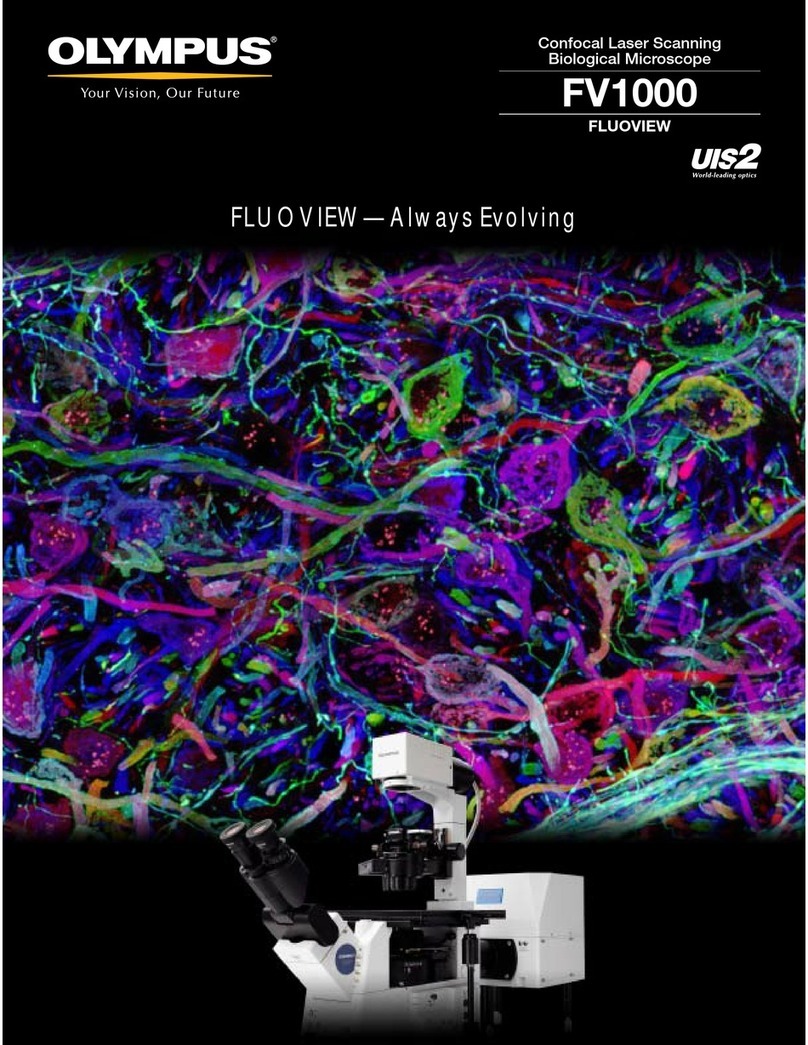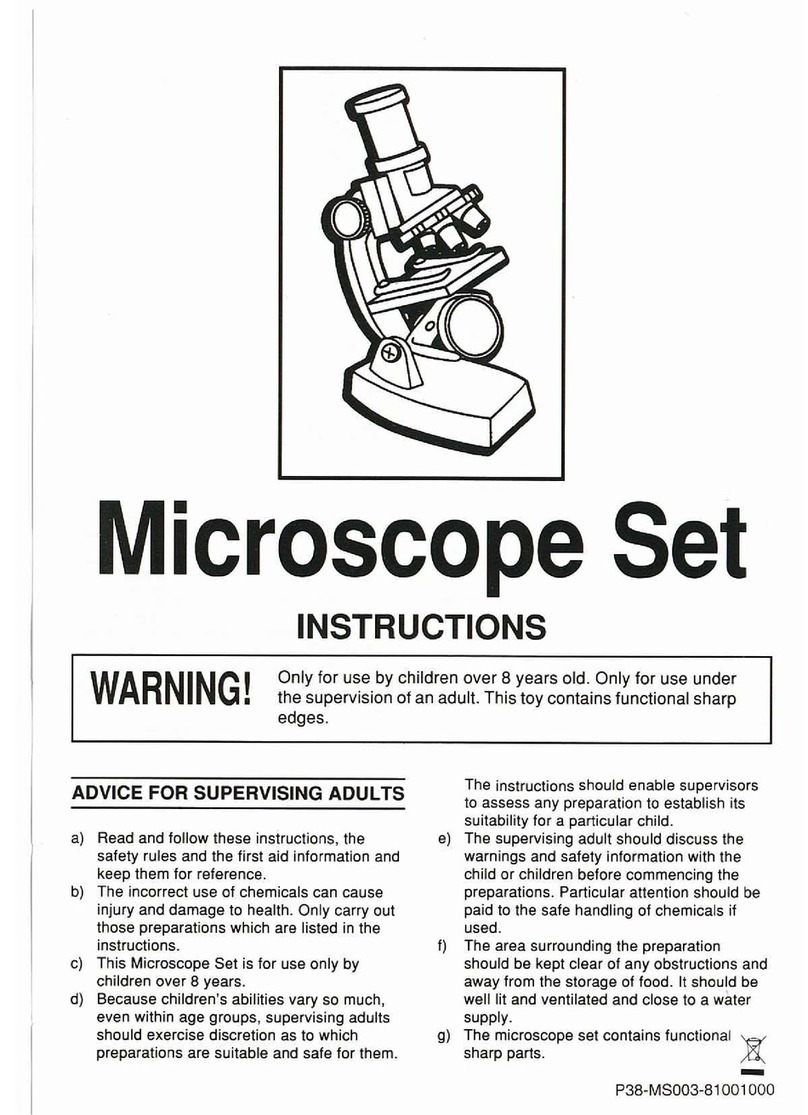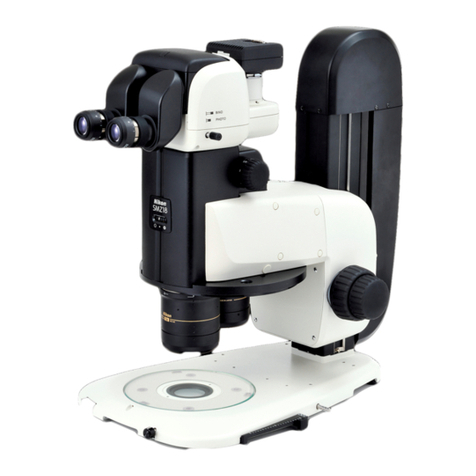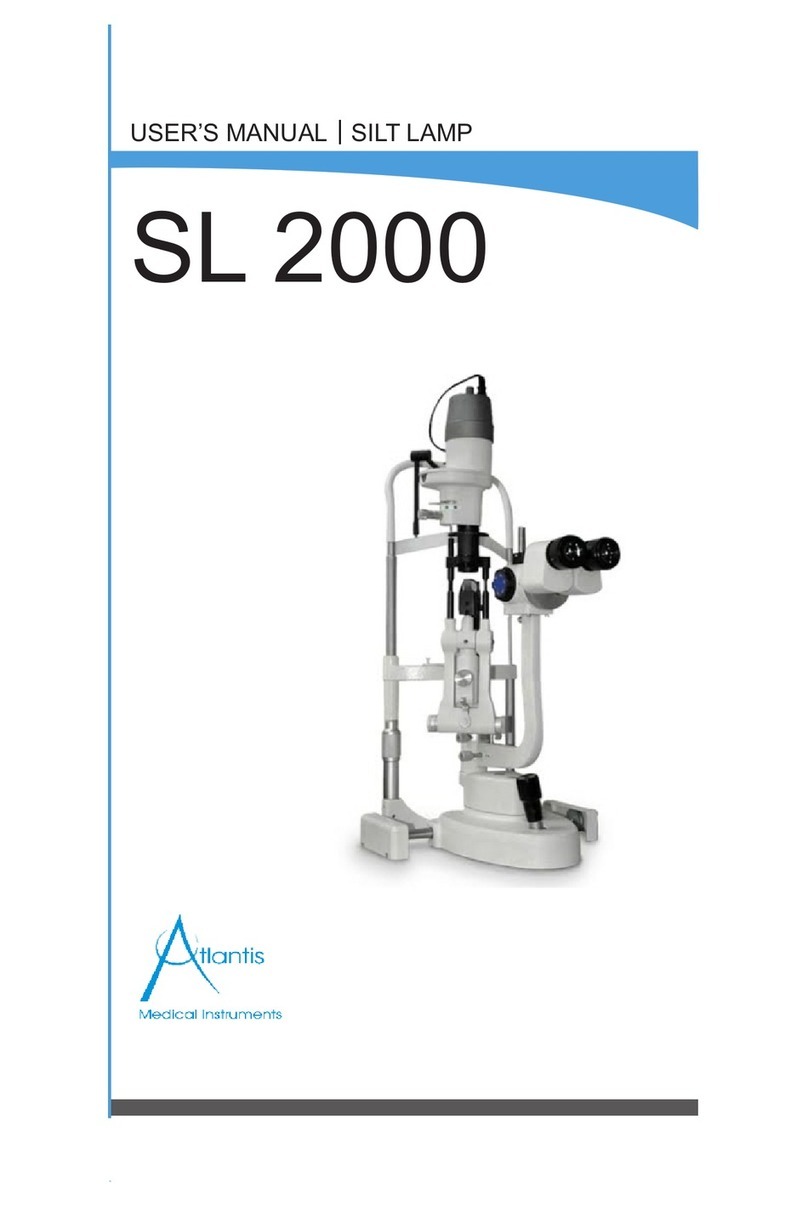Olympus CH30 User manual
Other Olympus Microscope manuals
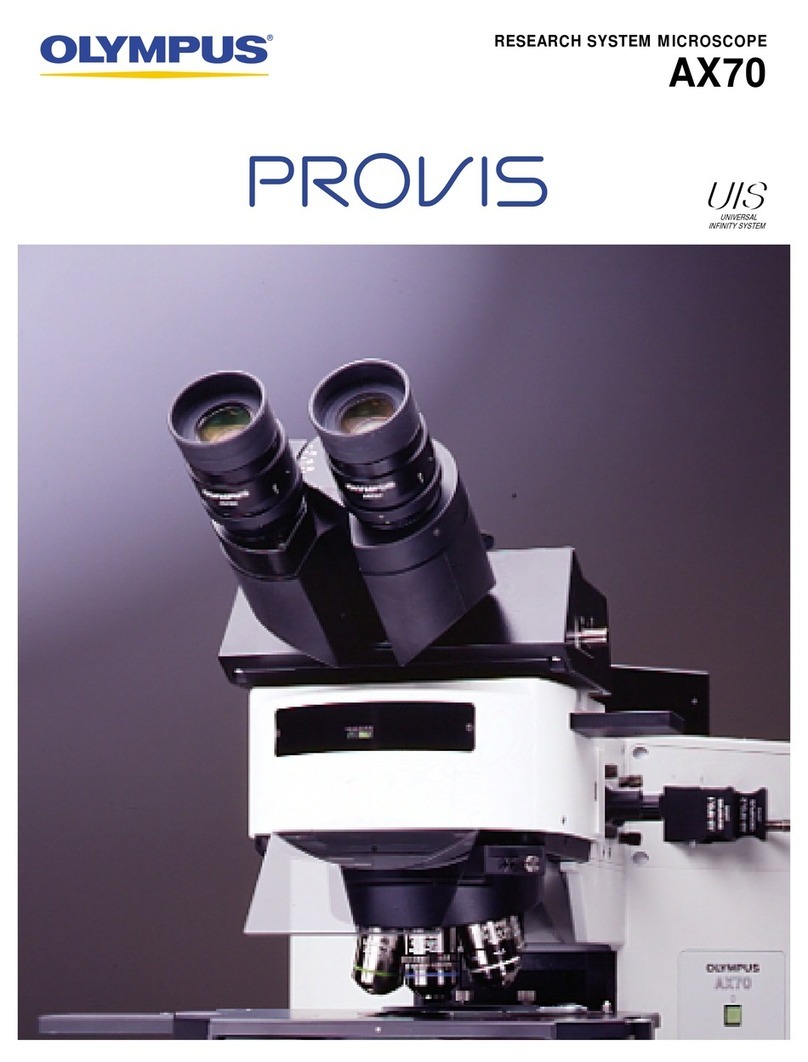
Olympus
Olympus PROVIS AX70 Installation guide
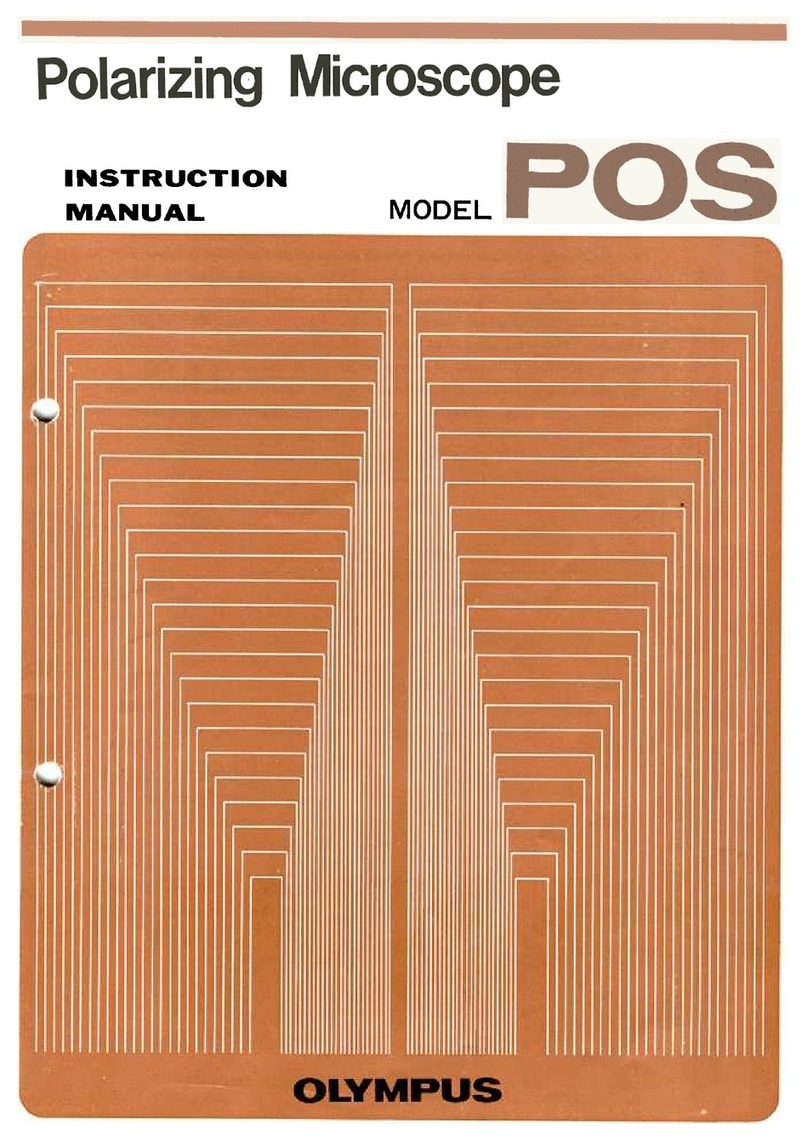
Olympus
Olympus POS User manual
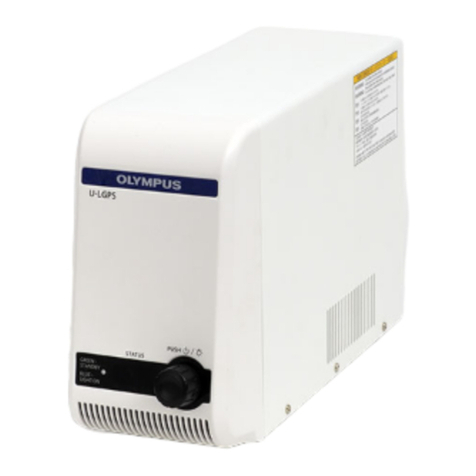
Olympus
Olympus U-LGPS User manual
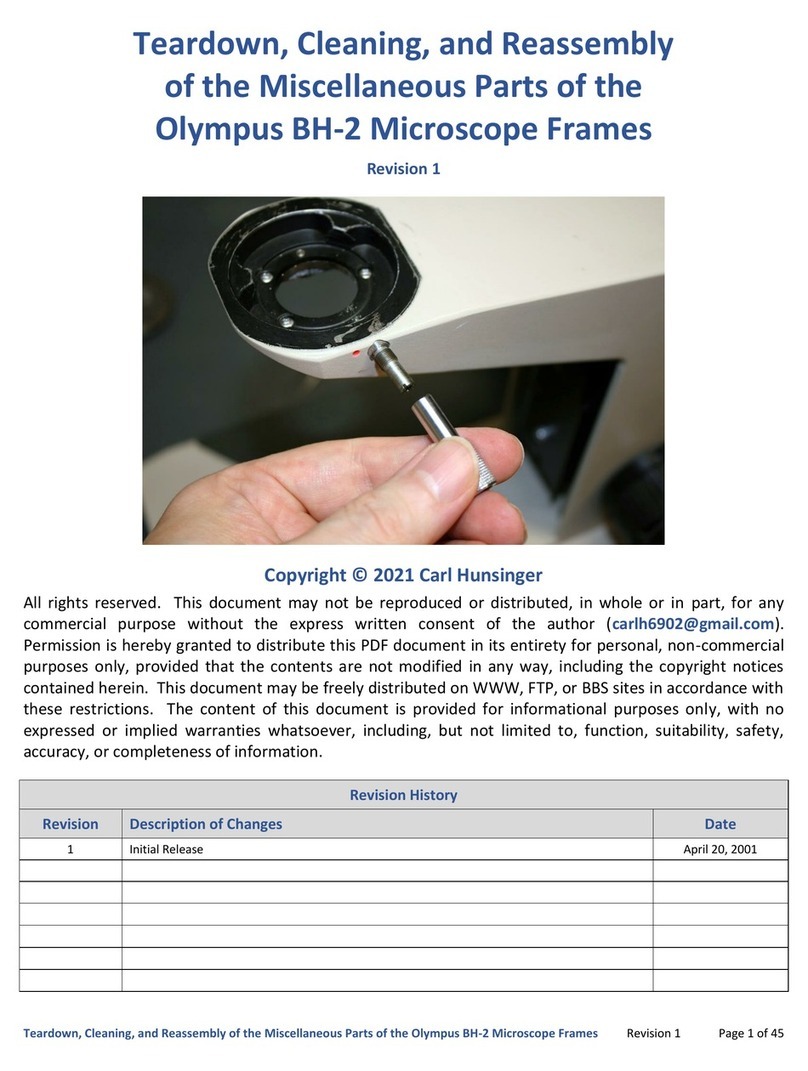
Olympus
Olympus BH2 Series Installation instructions
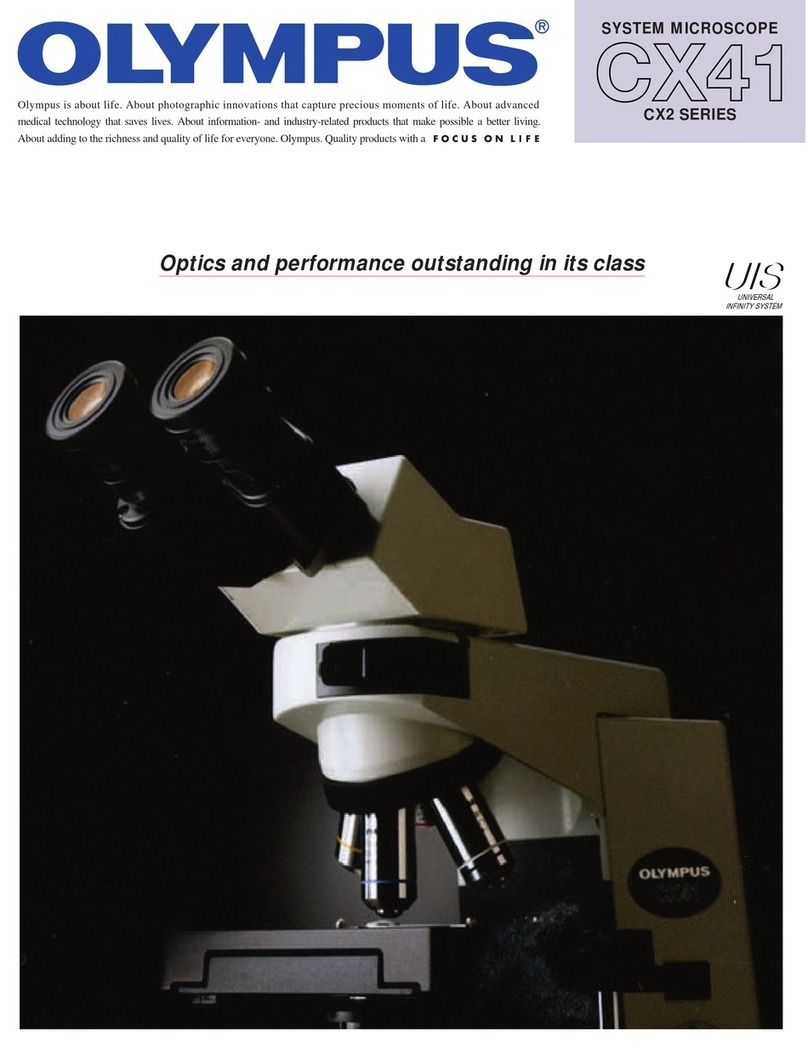
Olympus
Olympus CX41 Installation guide
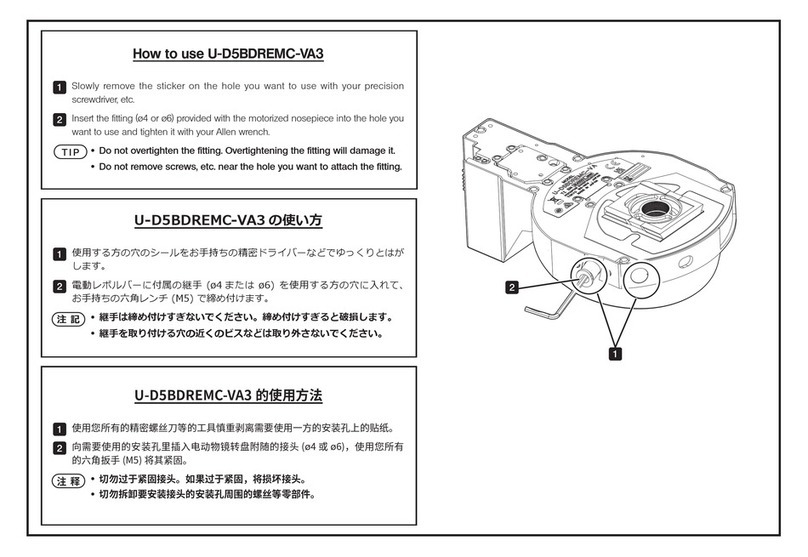
Olympus
Olympus U-D5BDREMC-VA3 Operating instructions
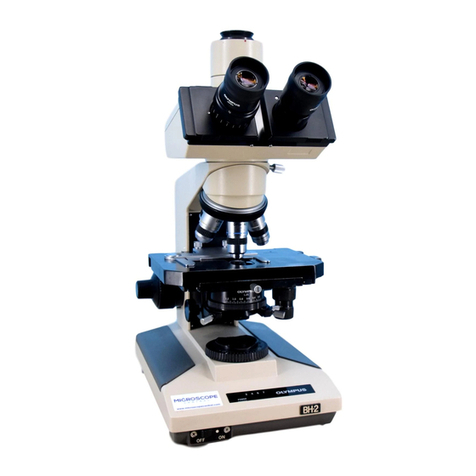
Olympus
Olympus BH2 Series Guide

Olympus
Olympus IX70 User manual
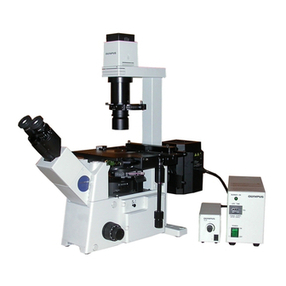
Olympus
Olympus IX71 User manual
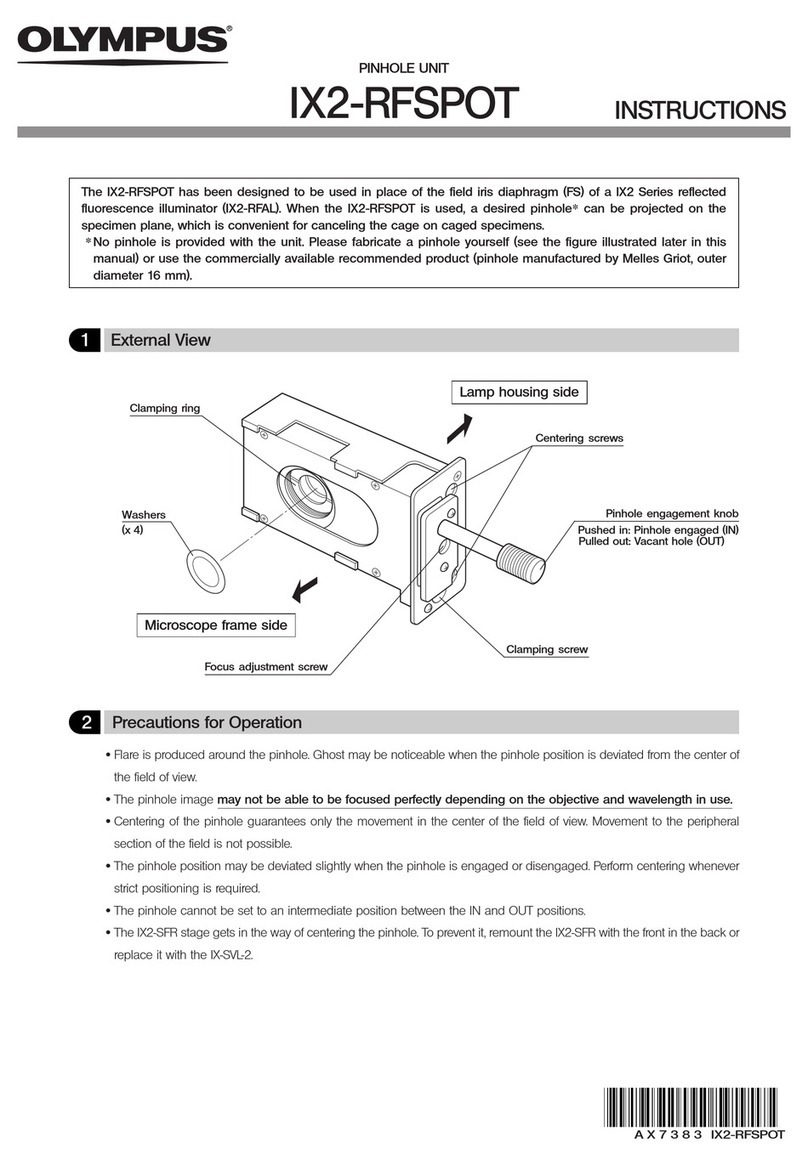
Olympus
Olympus IX2-RFSPOT User manual
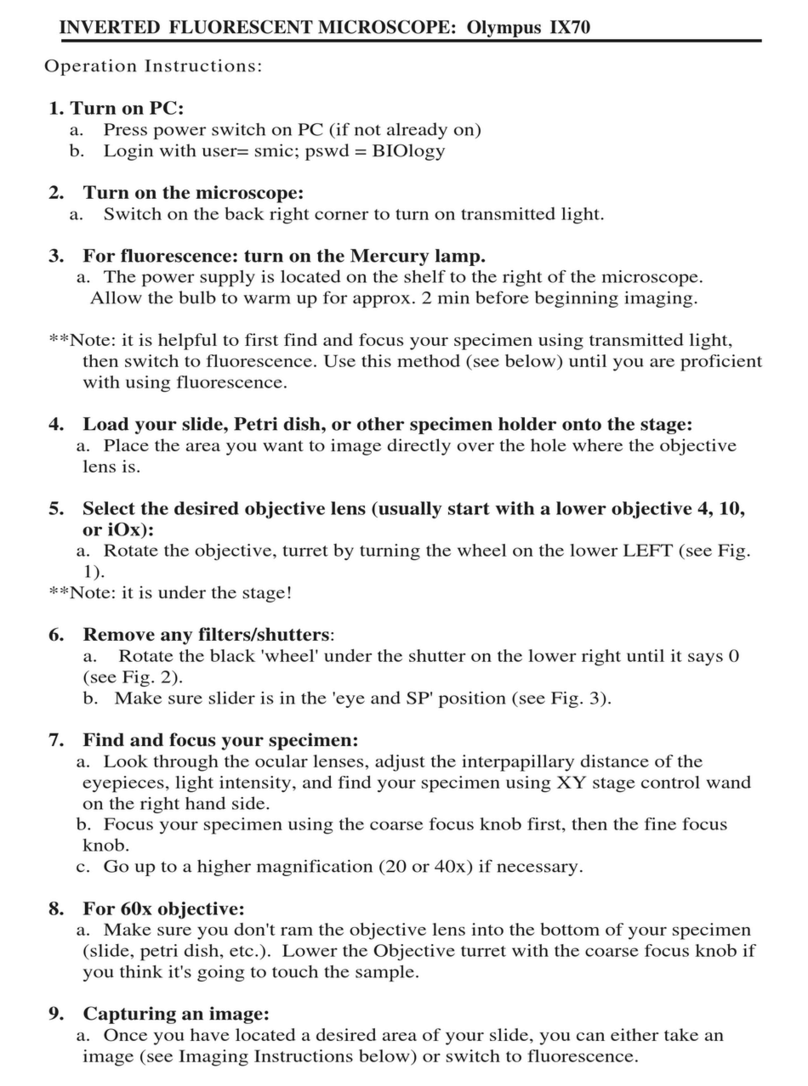
Olympus
Olympus IX70 User manual
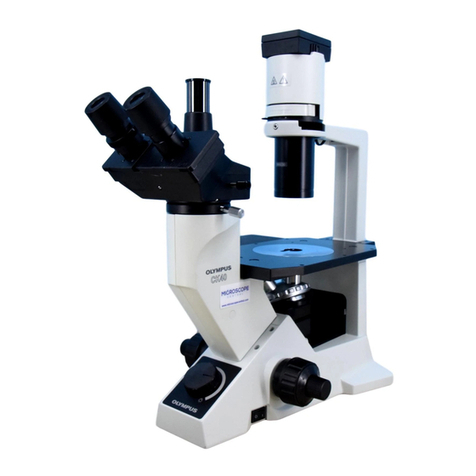
Olympus
Olympus CK30 User manual
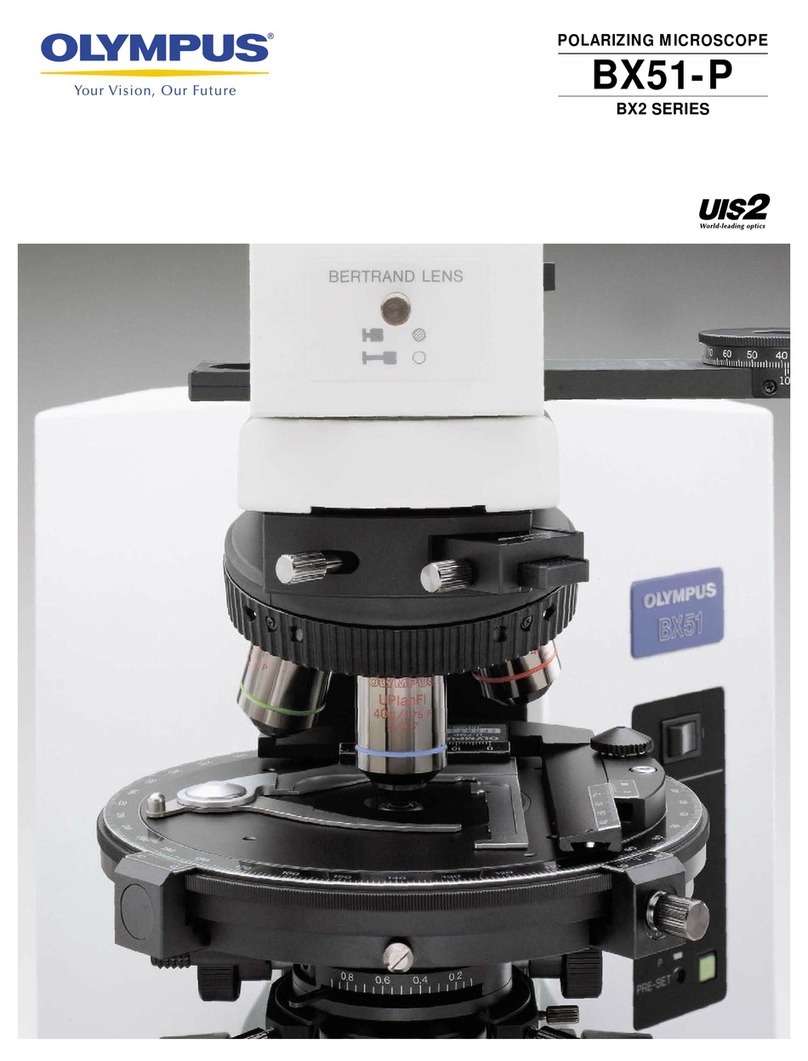
Olympus
Olympus BX51-P Owner's manual
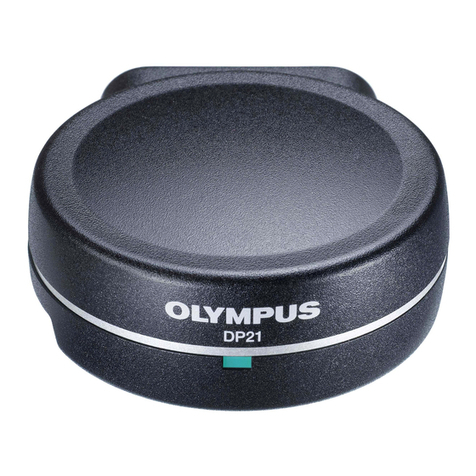
Olympus
Olympus DP21 User manual
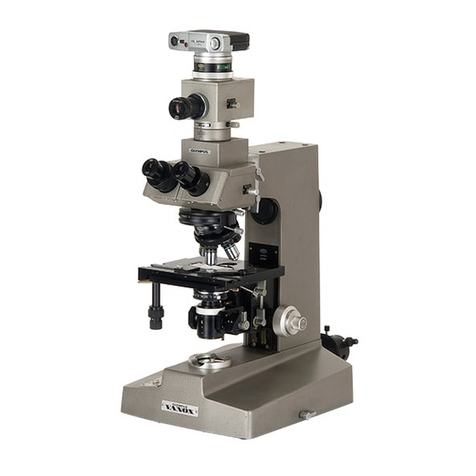
Olympus
Olympus VANOX User manual
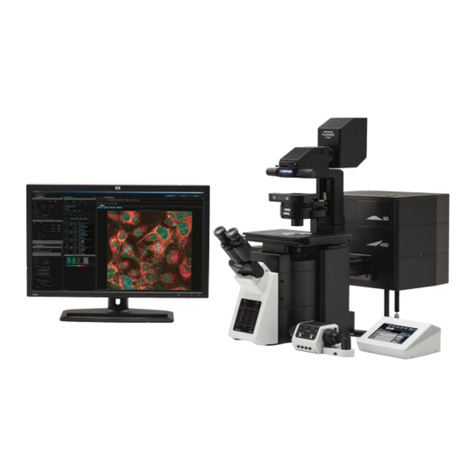
Olympus
Olympus FV3000 User manual

Olympus
Olympus CHD User manual

Olympus
Olympus BX3-SSU User manual
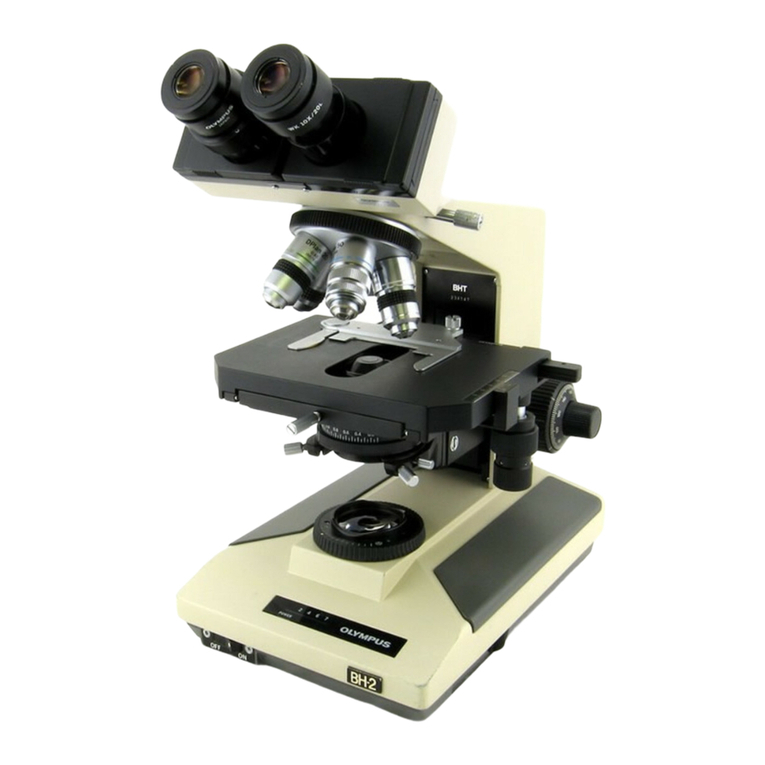
Olympus
Olympus BH2 Series User manual

Olympus
Olympus CX21 User manual
